깐
깐 (kkang) is a traditional Korean method of fermenting and preserving vegetables, most notably cabbage, creating the beloved dish known as 김치 (kimchi). This centuries-old culinary tradition not only adds a burst of flavor to Korean cuisine but also holds cultural and historical significance. In this article, we will delve into the world of 깐, exploring its history, preparation methods, essential ingredients, meaning, importance, various types, traditional customs, the evolution of 깐 in modern times, and its role in nurturing cultural values and family bonds. Additionally, we will touch upon the unique 김치 variant called 민 쟁이깐 (Min Jaengi Kkan) that carries its own significance. So let’s dive in and discover the enchanting world of 깐 and its role in Korean culture!
김장이란 무엇인가 (What is 김장)?
김장 (kimjang) refers to the annual tradition of making large quantities of 김치 (kimchi) to meet the needs of a family throughout the long winter months. This communal task typically takes place in late autumn when the harvest season is at its peak, and families come together to prepare an abundance of 깐 that will serve as a staple food during the colder months.
김장의 역사와 전통 (History and Tradition of 김장)
The roots of 김장 can be traced back to ancient times as Koreans sought ways to preserve vegetables for consumption during the harsh winter months. The earliest recorded evidence of 김장 dates back to the Goryeo Dynasty (918-1392). Since then, 김장 has become deeply ingrained in Korean culture, symbolizing unity, diligence, and gratitude for the bountiful harvest. In 2013, UNESCO officially recognized “Kimjang, making and sharing kimchi” as an Intangible Cultural Heritage of Humanity due to its cultural significance and community-building nature.
김장을 준비하는 방법 (Preparing for 김장)
Preparing for 김장 requires meticulous planning and coordination. Families gather, usually in the home of the eldest female member, to engage in this labor-intensive process. First, an array of vegetables is washed, cut, and salted. The vegetables are then fermented and seasoned with various ingredients, such as chili pepper flakes, garlic, ginger, fish sauce, and salted seafood. The entire process often takes days to complete, as the kimchi needs time to ferment and develop its distinct flavors.
김장 재료와 필수구성품 (Ingredients and Essential Equipment for 김장)
Some of the essential ingredients needed for making 김장 include Napa cabbage (배추; baechu), radishes (무; mu), salt, chili pepper flakes (고추가루; gochugaru), garlic (마늘; maneul), ginger (생강; saenggang), fish sauce (액젓; aekjeot), and salted seafood (젓갈; jeotgal). As for equipment, large seasoning bowls, fermentation jars, and occasionally specially designed kimchi fridges are commonly utilized.
김장을 하는 계절과 의미 (Season and Meaning of 김장)
김장 takes place during late autumn, typically around October and November, as this is when the harvest season yields an abundance of fresh, quality vegetables. Beyond its practical purpose of preserving vegetables for winter consumption, 김장 holds immense cultural and symbolic meaning. It represents unity, cooperation, and sharing among family members and the community at large. 김장 serves as a reminder of the value placed on self-sufficiency, sustainable living, and gratitude for the earth’s blessings.
김장의 중요성과 이점 (Importance and Benefits of 김장)
The significance of 김장 extends beyond its role as a flavorful condiment. It offers several health benefits as well. The fermentation process involved in making
사용자가 검색한 키워드: 깐 민 쟁이
Categories: Top 42 깐
레이어스 오브 피어 (리메이크) | 아내 시점의 신규 DLC \”The Final Note\” (음악가의 스토리)
여기에서 자세히 보기: p1.paulantonybuilders.com
민 쟁이
The term “민 쟁이” is a combination of two words. “민” translates to “people” in English, and “쟁이” means “fighter” or “combatant”. Therefore, a 민 쟁이 aims to fight for the rights of the people and challenge the existing power structures.
The history of 민 쟁이 in Korea dates back to the early 20th century when the country was under Japanese colonial rule. During this oppressive period, individuals like Ahn Chang-ho, Yun Bong-gil, and Kim Ku rose as influential activists, leading movements and fighting for Korean independence. Their activism inspired future generations and laid the foundation for the emergence of modern-day 민 쟁이.
민 쟁이 engage in various forms of activism, including organizing protests, writing academic articles, participating in sit-ins, conducting research, and utilizing social media platforms to spread awareness. They advocate for a diverse range of issues, such as gender equality, labor rights, environmental conservation, LGBTQ+ rights, and political reforms.
One prominent example of 민 쟁이 activism in recent years is the “Candlelight Revolution” that began in 2016. Millions of Koreans took to the streets to protest against political corruption and demand the resignation of then-President Park Geun-hye. This movement showcased the power of grassroots activism and led to Park’s impeachment.
Another issue that has gained significant attention from 민 쟁이 is the rights of temporary workers. They argue for fair treatment, equal pay, and job security for those working in low-wage industries. By organizing strikes, protests, and awareness campaigns, 민 쟁이 have successfully shed light on the exploitative conditions faced by temporary workers and have pushed for policy changes to protect their rights.
In addition to their work within Korea, 민 쟁이 also engage in international activism. They collaborate with organizations and individuals from around the world to address global issues such as climate change, refugee rights, and peacebuilding efforts. Through their international networks, 민 쟁이 amplify their voices and contribute to the global movement for justice and equality.
FAQs:
1. How do individuals become 민 쟁이?
Becoming a 민 쟁이 is not an official title or position. It is a self-ascribed label for individuals who actively participate in social activism. People become 민 쟁이 by recognizing social issues, educating themselves about relevant topics, and taking action to promote change. This can include attending protests, volunteering in organizations, or using social media platforms to raise awareness.
2. Are 민 쟁이 primarily young people?
While 민 쟁이 activism does attract many young individuals, it is not limited to any specific age group. People of all ages engage in activism, as the passion for societal change can be felt across generations. That being said, the rise of social media and increased accessibility to information has empowered younger generations to become more actively involved in activism.
3. Are 민 쟁이 movements peaceful?
민 쟁이 movements in Korea have varied in their approach and tactics. While some movements advocate for peaceful demonstrations, others may resort to more assertive methods to draw attention to their causes. However, it is important to note that violence is not typically endorsed or encouraged within the 민 쟁이 community, as the aim is to effect change through peaceful means.
4. What impact do 민 쟁이 have on Korean society?
민 쟁이 have had a significant impact on Korean society. Through their relentless dedication and efforts, they have successfully brought attention to marginalized issues and pushed for political and social reforms. From influencing policy changes to contributing to public discourse, 민 쟁이 activism has played a crucial role in shaping Korea’s modern history.
5. Are there any risks associated with being a 민 쟁이?
Engaging in activism can come with certain risks in any society. In Korea, 민 쟁이 may face legal repercussions, surveillance, or defamation campaigns as a result of their activism. However, despite these risks, many individuals continue to fight for justice, proving their unwavering commitment to creating a more equitable society.
주제와 관련된 이미지 깐

깐 주제와 관련된 이미지 17개를 찾았습니다.



![포항 남구/대잠동] 깐데기 - Poving 포빙 포항 남구/대잠동] 깐데기 - Poving 포빙](https://blogger.googleusercontent.com/img/b/R29vZ2xl/AVvXsEgTnrOUmvmwO-lS6LmyV2qm13zDMyEeV2gAo5kxP9rcDNITXDB04DyKpip8q8-2HrJSKv5VQ0ZjRzViGoV6f54MiTZ0ZECwbYHEpjops6OvglVxfbGJUufeeDJFJGBKZ9mSqHHJeDduA0F9G0ligUCdHiFhiXUptWZXO7z1pXFmqpKmLNA453UqoWDV/s1500/poving-220916-P1107046.jpg)

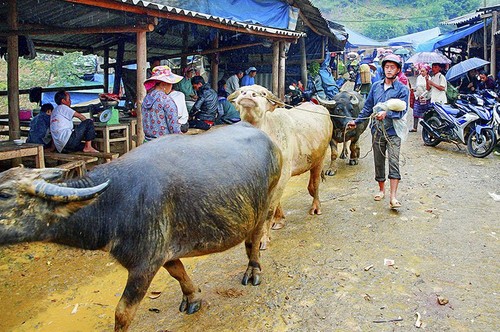
![농가돕기] [남산영농조합법인] 22년 익산 황토 깐마늘 1kg - 전북생생장터 농가돕기] [남산영농조합법인] 22년 익산 황토 깐마늘 1Kg - 전북생생장터](https://m.freshjb.com/web/product/big/202202/359d84b0b62644d95378776066fff5c7.jpg)
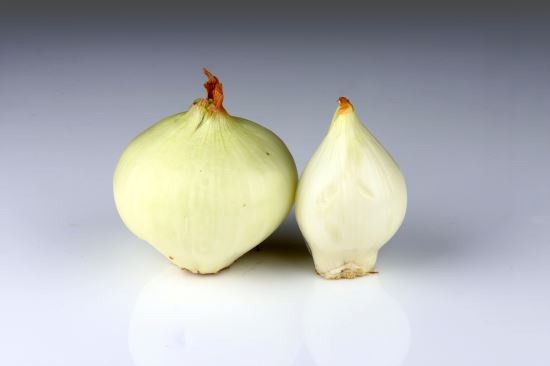
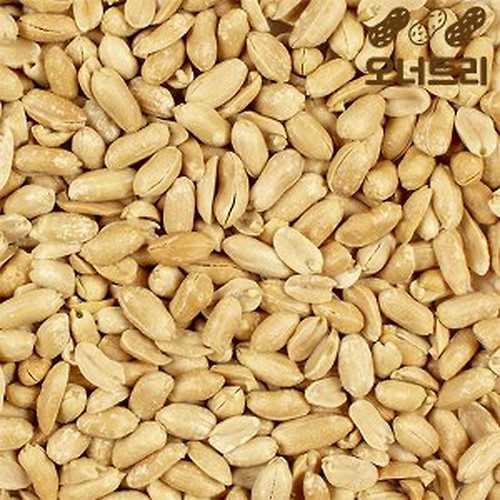



![D-1년, 부산 총선 전쟁은 시작됐다 [깐부쇼 Ep.01] - YouTube D-1년, 부산 총선 전쟁은 시작됐다 [깐부쇼 Ep.01] - Youtube](https://i.ytimg.com/vi/dhwFVlTs0v4/maxresdefault.jpg)
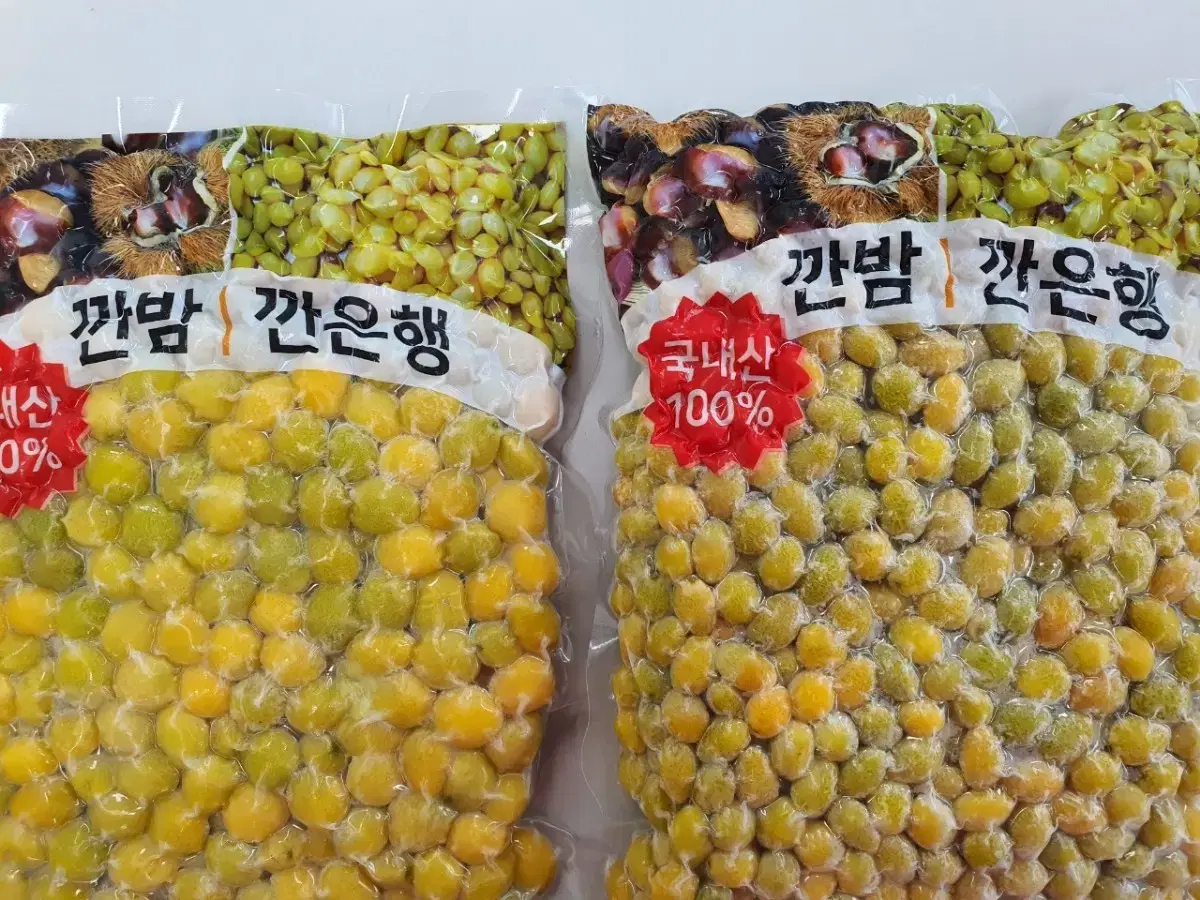
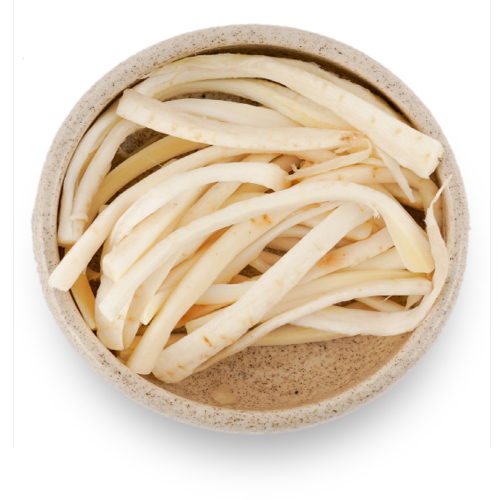
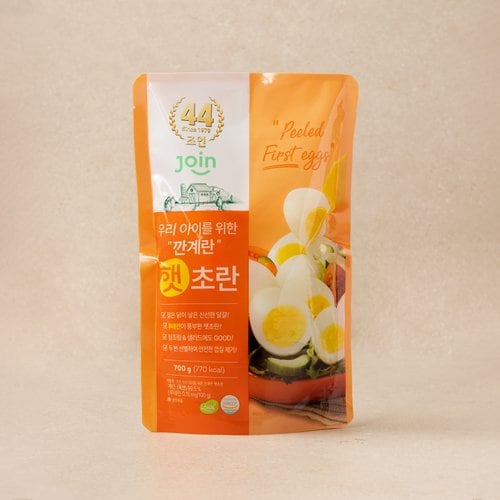
Article link: 깐.
주제에 대해 자세히 알아보기 깐.
- Từ điển Hàn Việt “깐” – là gì?
- Korean-English Dictionary – 깐
- 깐_ – Twitch
- 깐 깡통이라는 표현에 ‘깐’ 무슨 뜨신지요 – italki
- KKan’s Game Play & Review – YouTube
- Pre-Cracked egg – 나무위키
- 깐튀남 KKANTUINAM
더보기: https://p1.paulantonybuilders.com/category/blog/